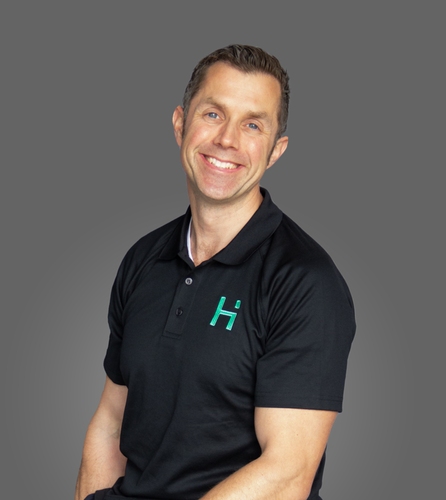KraussMaffei boosts Mexico’s agricultural industry with sustainable logistics solutions in packaging
Discover how KraussMaffei helped transform eco-friendly packaging in Mexico’s logistics sector—read the full case study now.
Welcome to Headland Technology Client log in
Whether you’re after a machine, spare part, power tool, or need to book a service call Headland will help you find the right solution in a timely manner.
Fill out the form below and the relevant expert will be in touch with you shortly.
BYD electric buses are gaining popularity in cities worldwide, as evidenced by a 2020 case study. The company’s expertise in high-performance batteries, which are welded using laser technology, is a key strength. London’s number-16 bus is a prime example of the company’s success, as it is the world’s first double-decker bus to run on electricity. The bus’s high-pitched hum replaces the usual engine rumble, and it is part of a larger effort to improve air quality in the city. Other cities are following suit, as they too aim for zero-emissions transportation through the use of electric buses.
BYD is a Chinese company founded in 1995 in Shenzhen. Its name stands for “Build your dreams.” The company started as a small battery factory with 20 employees and has now grown into an international group with 180,000 employees. BYD manufactures cars, buses, rechargeable batteries, and solar cells. In 2010, BYD Auto delivered its first electric bus and now manufactures seven variants at four production sites. The buses are powered by an in-house-developed iron phosphate battery, which has a range of 250 kilometres and can be recharged in around four hours.
BYD, a leading manufacturer of electric buses, has installed a total of 120 TRUMPF laser machines in its battery plant. Of these, 70 are from the TruDisk series and 50 are from the TruPulse series. According to Huaping, batteries are the core components of their vehicles and must be able to store as much energy as possible without being too bulky or heavy. Laser technology is the best method to weld highly sensitive components. BYD’s success as a manufacturer of electric buses can be attributed to its reputation in the battery industry and its ability to overcome the biggest challenge in designing electric vehicles – the storage battery. The company experienced rapid growth and became one of China’s largest carmakers. In 2009, they added buses to their portfolio and developed their own iron phosphate battery for these vehicles. These batteries are safer than lithium-ion batteries as they are not prone to thermal runaway, which can lead to fire or explosion. Additionally, BYD’s batteries are recyclable and do not contain heavy metals, making them environmentally friendly. Efficient and reliable production processes are crucial for meeting the increasing demand for energy-storage devices. Welding is a significant aspect of battery manufacturing, and BYD employs various techniques depending on the welding job’s suitability. These techniques include resistance welding, ultrasonic welding, and electron-beam welding. However, laser welding is the preferred method for applications that require a high level of precision, according to Huaping.
BYD’s manufacturing processes heavily rely on lasers, as evidenced by the fleet of machines in their factory. They have a total of 120 TRUMPF laser machines installed in their battery plant, with 70 from the TruDisk series and 50 from the TruPulse series. The welding operations primarily involve thin strips of metal, with part thicknesses of no more than two millimetres, made of copper, aluminium, or an aluminium alloy. The welding process must have minimal impact on the surrounding material to avoid damaging the sensitive battery components. Fine weld seams, low heat diffusion, low intrinsic stress, and minimal distortion are the key requirements for such processes, according to Huaping, who walked towards a TruDisk laser machine.
Liu Huaping, Manager of the Process Department at Huizhou BYD Battery Co. Ltd., explains that disk lasers are the ideal choice for welding highly reflective materials like copper or aluminium.
“Laser welding is our method of choice for applications requiring a high degree of precision”
The battery connections are welded using this method by adjusting the laser beam’s focus and working angle to avoid optic damage. Pulsed lasers are used to seal the battery enclosures as the weld seams must be gas-tight without generating too much heat that could damage the battery’s internal components. The method allows the material to cool down between successive laser pulses, and a fully charged battery can cover the distance.
Our experienced laser technology experts can help you find the perfect machines for your battery manufacturing needs.
Whether you’re after a machine, spare part, power tool, or need to book a service call Headland will help you find the right solution in a timely manner.
Fill out the form below and the relevant expert will be in touch with you shortly.

